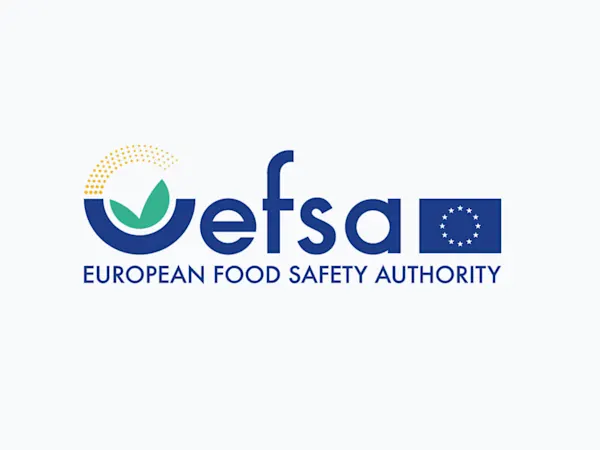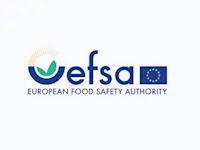
EFSA Seeks Feedback on Overhaul of Weight of Evidence and Biological Relevance Guidance
EFSA launches consultation on updating its Weight of Evidence and Biological Relevance guidance, aiming to streamline chemical risk assessment practices.


The European Food Safety Authority (EFSA) has introduced a new proposal for a qualification system for New Approach Methodologies (NAMs) in the food and feed sector, focusing on nanomaterial (NM) risk assessment. The initiative aims to streamline the regulatory use of NAMs and enhance their integration into the risk assessment process, providing a more efficient and standardized approach for evaluating nanomaterials.
NAMs have gained traction in risk assessments for their ability to provide faster, more informative insights than traditional animal tests. Despite their potential, only a few NAMs have been validated and incorporated into regulatory frameworks like OECD Test Guidelines (TGs). EFSA's proposal seeks to establish a qualification system that allows for a structured and efficient evaluation of NAMs, specifically targeting the food and feed sector's need for assessing nanomaterials.
Currently, non-guideline studies are used for NM risk assessments, necessitating complex case-by-case evaluations. This new qualification system aims to simplify this process by enabling expert opinions on the adequacy of NAMs for specific contexts. The system is designed to provide guidance for method readiness, ensuring the scientific validity, reliability, and relevance of NAMs for regulatory applications.
The proposed system involves a sequential process starting with a Letter of Intent (LoI) to evaluate the suitability of a NAM for a specific context-of-use. The system covers all phases, including submission, evaluation, and outcome, providing clear criteria for assessment. This interim proposal focuses initially on NM risk assessment, aligning with the EFSA framework to address specific considerations such as NM physicochemical characterization, toxicity screening, and other relevant evaluations.
The proposal suggests that the system be initially tested with selected NAMs in the context of NM risk assessment case studies. This testing phase aims to fine-tune and finalize the approach through broader discussions among experts and stakeholders. The document is open for feedback until 31 December 2024, encouraging a collaborative effort to enhance the regulatory use of NAMs.
The limited regulatory implementation of NAMs is attributed to unclear regulatory applications, incomplete data interpretation procedures, and lack of quality systems. Additionally, for nanomaterials, challenges such as dispersion stability and dosimetry make validation more complex. The proposed qualification system aims to address these challenges by providing a structured approach for assessing method readiness.
By establishing this system, EFSA aims to facilitate the international use of test methods under the Mutual Acceptance of Data (MAD) principle. The qualification system is intended to support the optimization of NAMs, allowing them to be applied for qualified use without the need for repetitive evaluations. This approach could lead to a more harmonized risk assessment process for nanomaterials in the food and feed sector.
Foresight continuously tracks 1000s of sources and maps updates to your portfolio:




EFSA launches consultation on updating its Weight of Evidence and Biological Relevance guidance, aiming to streamline chemical risk assessment practices.

Germany's CONMAR-Impact study sets new environmental quality standards for TNT in marine ecosystems, raising industry-wide compliance questions.

EFSA finds limited evidence of microplastic release from food contact materials, citing mechanical stress as the main mechanism and calling for improved methodologies.
Subscribe to Foresight Weekly and get the latest insights on regulatory changes affecting chemical compliance.
Free forever. Unsubscribe anytime.
Read by professionals at